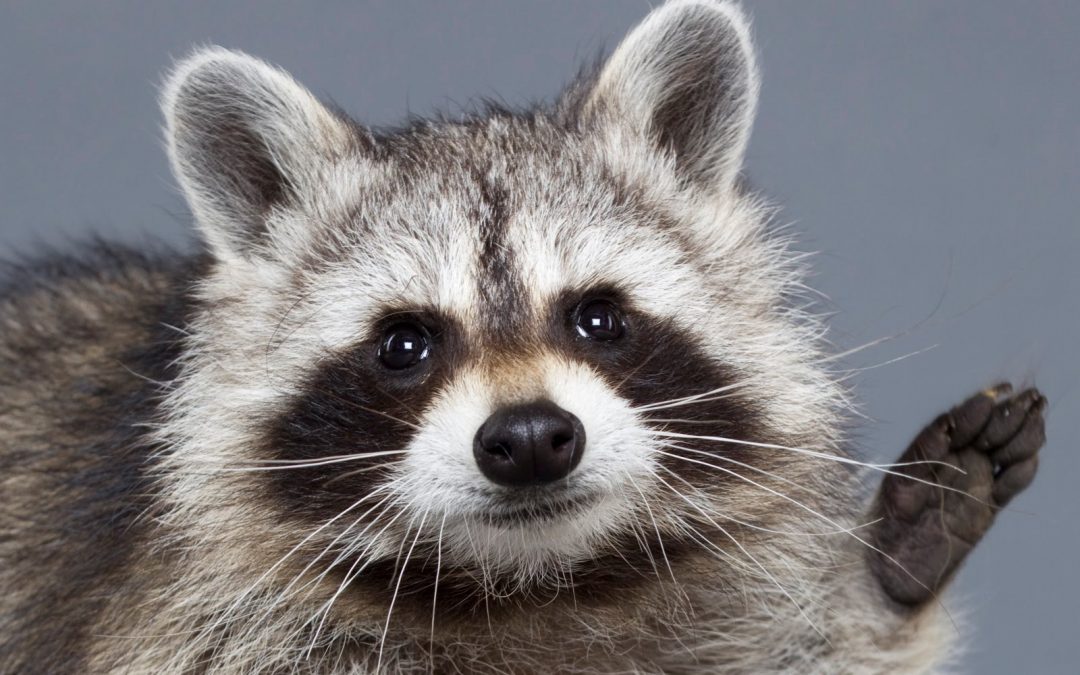
White Nose Fungus
White Nose Fungus is killing Bats and increasing the number of mosquitoes.
Reprinted from the National Park Service
What Is White-nose Syndrome?
White-nose syndrome (WNS) is the fungal disease killing bats in North America. Research indicates the fungus that causes WNS, Pseudogymnoascus destructans, is likely exotic, introduced from Europe. What started in New York in 2006 has spread to more than half of the United States and five Canadian provinces by August 2016, leaving millions of dead bats in its path. WNS causes high death rates and fast population declines in the species affected by it, and scientists predict some regional extinction of bat species. These include the once numerous little brown bat (Myotis lucifugus) and federally listed Indiana bat (Myotis sodalis) and northern long-eared bat (Myotis spetentronalis).
Researchers call the disease “white-nose syndrome” (WNS) because of the visible white fungal growth on infected bats’ muzzles and wings. This cold-loving fungus infects bats during hibernation, when the bats reduce their metabolic rate and lower their body temperature to save energy over winter. Hibernating bats affected by WNS wake up to warm temperatures more frequently, which results in using up fat reserves and then starvation before spring arrives.
The visible signs of WNS show the disease is in a later stage. These bats are already dealing with life-threatening physical function changes, such as acidification and dehydration. Even before the infected bats start to wake more often, infection with the fungus causes bats to use energy twice as fast as healthy bats, according to research from scientists at University of Wisconsin.
How WNS Spreads
The fungus that causes WNS is transmitted a few different ways. Bats can catch the fungus from physical contact with infected bats. Also, bats can pick up the fungus from the surfaces of the cave or mine where they’re hibernating. Humans can spread the fungus from one hibernaculum to another by accidentally carrying the fungus on shoes, clothing, or gear. So it’s really important to not bring clothing or gear into a WNS-free site that was previously used in a WNS-affected site. For this reason, it’s crucial to correctly remove the fungus from your gear and shoes before and after entering caves. Learn how to decontaminate your caving gear.
How WNS Affects Human Health
Current evidence indicates that WNS is not transmissible from bats to humans. Studies have shown that the fungus grows only at cold temperatures (41-68 degrees F) that are much lower than that of the human body. Also, no human infections have ever been documented after exposure to WNS-infected bats or caves.
Although WNS does not cause illness in humans, a small percentage of bats can be infected with other dangerous diseases, such as rabies. Bats infected with either WNS or rabies may exhibit unusual behavior (e.g. erratic flying), which increases the risk for bat-human contact and exposure. Additionally, declines in bat populations can impact human health indirectly since humans depend on bats for important ecosystem services such as controlling pest insects.
If you need help with Humane Wildlife Removal, contact us today.

